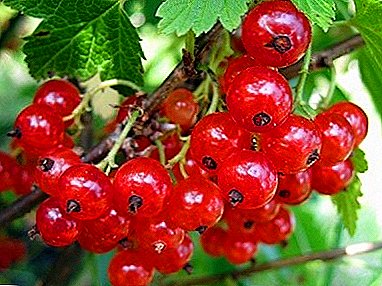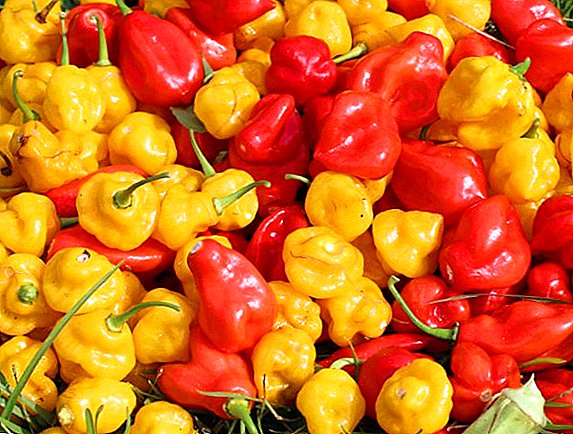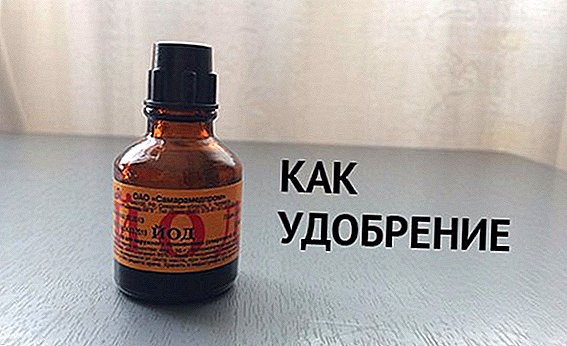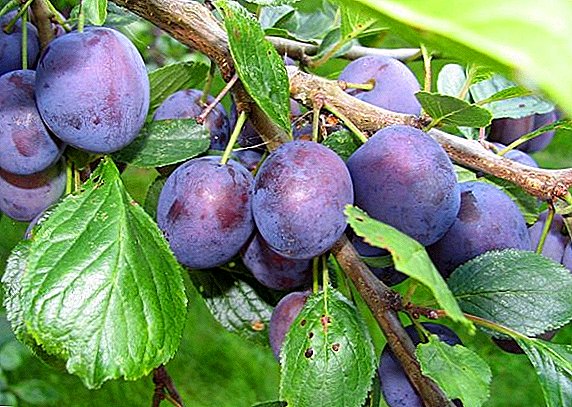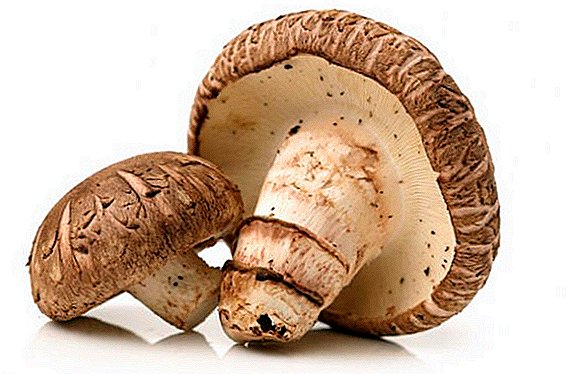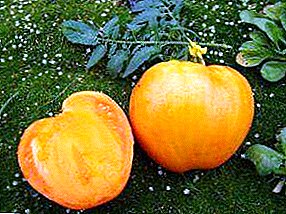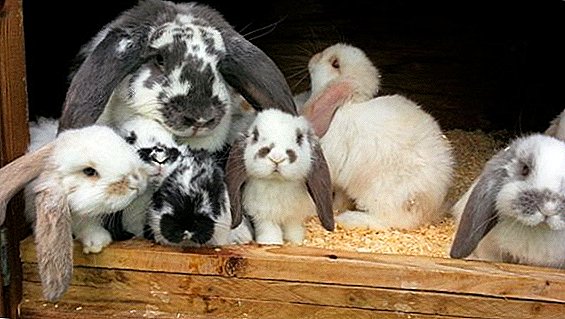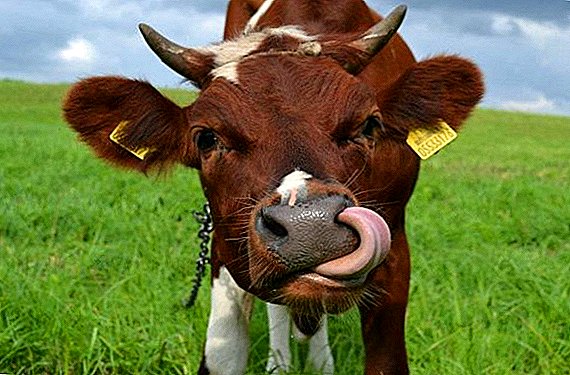 Cows, in which there is a copious salivation, deservedly cause concern to their owners, because often this factor is a characteristic sign indicating the disease of the animal. How to preserve the health of cattle and what to do if a cow begins to flow saliva, we will tell further.
Cows, in which there is a copious salivation, deservedly cause concern to their owners, because often this factor is a characteristic sign indicating the disease of the animal. How to preserve the health of cattle and what to do if a cow begins to flow saliva, we will tell further.
Features of saliva in ruminants
Salivation in ruminants has a number of features:
- regardless of food intake, their parotid glands are active, the sublingual and submandibular glands periodically work;
- the work of the parotid glands is due to the impulses that come from the rumen receptors to the salivary center;
- the mass of the scar and the amount of saliva are proportionally related to each other;
- the salivary glands in ruminants can be excited not only by eating, but also by its smell and even appearance;
- saliva of ruminant animals has high alkalinity - pH over 8.1.

The cow is foaming from the mouth (drooling): why, what to do
This pathological condition can have several causes. Consider each of them in more detail.
Did you know? Cows have the ability to empathize with their relatives and even cry.
Stomatitis
The reasons. Inflammation of the mucous membranes of the mouth can be caused by eating too hot food, as well as minor injuries caused by too rough and thorny plants. The cause of stomatitis can also be the use of certain poisonous plants by animals.
Symptoms. The general condition of the animal remains unchanged. But it begins to sort out food, carefully avoiding dry and hard, preferring to them softer. On examination, the mucous membrane shows its changes - it becomes dry and edematous. As the disease develops, the mucous becomes covered with white foam, the amount of saliva increases. The animal begins to continually chomp, its breath becomes smelly.  Treatment and Prevention. To avoid stomatitis, feeding cows should completely exclude hard and thorny plants. The treatment consists in organizing a dietary food (boiled root vegetables, soft and finely chopped green foods).
Treatment and Prevention. To avoid stomatitis, feeding cows should completely exclude hard and thorny plants. The treatment consists in organizing a dietary food (boiled root vegetables, soft and finely chopped green foods).
Poisoning
The reasons. Poisoning cause poor-quality feed and toxic substances. For example, pesticides, which were treated fields, salts of heavy metals. An animal can eat a poisonous plant, a mushroom or a green potato.
Find out what to do if a cow is poisoned.
Symptoms The cow begins to vomit and diarrhea, the nervous system is disturbed. She becomes restless or, on the contrary, depressed. The animal has abundant salivation, rapid breathing and dilated pupils.  Treatment and Prevention. For the purposes of prophylaxis, it is recommended to carefully consider the quality of feed and pasture areas. It is best to begin treatment immediately, before the toxic substances have spread throughout the body. In case of poisoning to the cow, absorbents are prescribed, gastric lavage with potassium permanganate or tannin solution at a rate of 500-1000 ml per head.
Treatment and Prevention. For the purposes of prophylaxis, it is recommended to carefully consider the quality of feed and pasture areas. It is best to begin treatment immediately, before the toxic substances have spread throughout the body. In case of poisoning to the cow, absorbents are prescribed, gastric lavage with potassium permanganate or tannin solution at a rate of 500-1000 ml per head.
Important! A characteristic sign that your cow is sick is a reduction in milk yields.
Timpania scar (swelling)
The reasons. Causes of excessive gas accumulation in the rumen of the cow can be caused by the animals eating a large amount of lightly fermented feed (winter crops, alfalfa or clover). This pathological condition also contributes to the feeding of stale or frozen food. Timpany rumen can be a consequence of some infectious diseases and intestinal blockage.
Symptoms The disease can be acute, foamy and chronic. With the disease, the cow becomes restless, the volume of her belly increases significantly (especially on the left side). Observed percussion abdomen, copious salivation, shortness of breath.  Treatment and prevention. For the prevention of the disease it is necessary to exclude all the factors that cause it. The treatment of tympania consists in the introduction of a special vapor probe, a constant massage of the scar area. At the same time it is important to place the sick cow correctly - the front part of the body should be higher than the back. If the mass of the animal is small, then the front legs raise to a vertical position.
Treatment and prevention. For the prevention of the disease it is necessary to exclude all the factors that cause it. The treatment of tympania consists in the introduction of a special vapor probe, a constant massage of the scar area. At the same time it is important to place the sick cow correctly - the front part of the body should be higher than the back. If the mass of the animal is small, then the front legs raise to a vertical position.
Did you know? On stormy days, milk sour much faster than on sunny days. An explanation for this fact has not yet been found.
Qatar GIT
The reasons. The disease has primary and secondary forms. Primary catarrh can be caused by an abnormality in the diet of the animal and occurs due to poor-quality feed, fasting or overeating. The reason may also be a violation of the conditions of animals, especially non-compliance with the thermal regime. The secondary form of Qatar may occur due to inflammation of the teeth, as well as various diseases of internal organs.  Symptoms In catarrh, a cow has a worsening appetite, apathy and weakness. Breath of an animal becomes fetid, there is a plentiful salivation, diarrhea with impurities of blood and mucus.
Symptoms In catarrh, a cow has a worsening appetite, apathy and weakness. Breath of an animal becomes fetid, there is a plentiful salivation, diarrhea with impurities of blood and mucus.
Treatment and Prevention. To exclude disease, cows must be kept in conditions that are in accordance with the recommendations. Feed for cows must be fresh and in sufficient quantities. Treatment of the disease involves a complete rejection of food and drinking plenty of it with the addition of castor oil (500-600 g for an adult animal, 50-100 g for young animals).
Read more about what cows are ill with.
Esophagus occlusion
The reasons. Most often, this condition occurs as a result of eating large pieces of vegetables, root crops, less often - other items. Sometimes the cause of blockage can be severe stress, but it should occur against the background of food (for example, a spasm of the esophagus due to fright.
Symptoms The animal behaves restlessly, bloating and abundant salivation are observed. The characteristic signs of obstruction of the esophagus - the absence of gum and neck seal, which is palpable during palpation.  Treatment and Prevention. To avoid blockage, you should take a responsible approach to the organization of food of the animal, avoiding giving him too large root vegetables for food. The treatment is to push food into the stomach on an emergency basis. To do this, using a hose, the cow poured about a glass of vegetable oil.
Treatment and Prevention. To avoid blockage, you should take a responsible approach to the organization of food of the animal, avoiding giving him too large root vegetables for food. The treatment is to push food into the stomach on an emergency basis. To do this, using a hose, the cow poured about a glass of vegetable oil.
Foreign body in the mouth or throat
The reasons. Foreign objects, as a rule, metal, can be swallowed up by cattle together with food or during the licking of the feeders, the floor, the walls of the barn.
Symptoms The animal becomes lethargic, its body temperature rises. Intestinal and rumen tone are reduced. There is abundant salivation.  Treatment and Prevention. For preventive purposes, it is necessary to enrich the ration of the cow with the necessary amount of mineral substances and carefully check the feed for the presence of metal objects in it with a magnet. A cow that swallowed a foreign object for 24 hours should remain without food, drinking at this time is given in unlimited quantities. After a day, you can begin to feed the animal with soft feed (chopped hay, green grass).
Treatment and Prevention. For preventive purposes, it is necessary to enrich the ration of the cow with the necessary amount of mineral substances and carefully check the feed for the presence of metal objects in it with a magnet. A cow that swallowed a foreign object for 24 hours should remain without food, drinking at this time is given in unlimited quantities. After a day, you can begin to feed the animal with soft feed (chopped hay, green grass).
Important! The true cause of copious salivation can only be determined by a veterinarian.
In some cases, the removal of a foreign body occurs by surgery. Abundant salivation in cattle is an alarming symptom that requires the intervention of an experienced veterinarian, because in most cases this symptom is an indication of the presence of serious diseases that can even lead to death.


